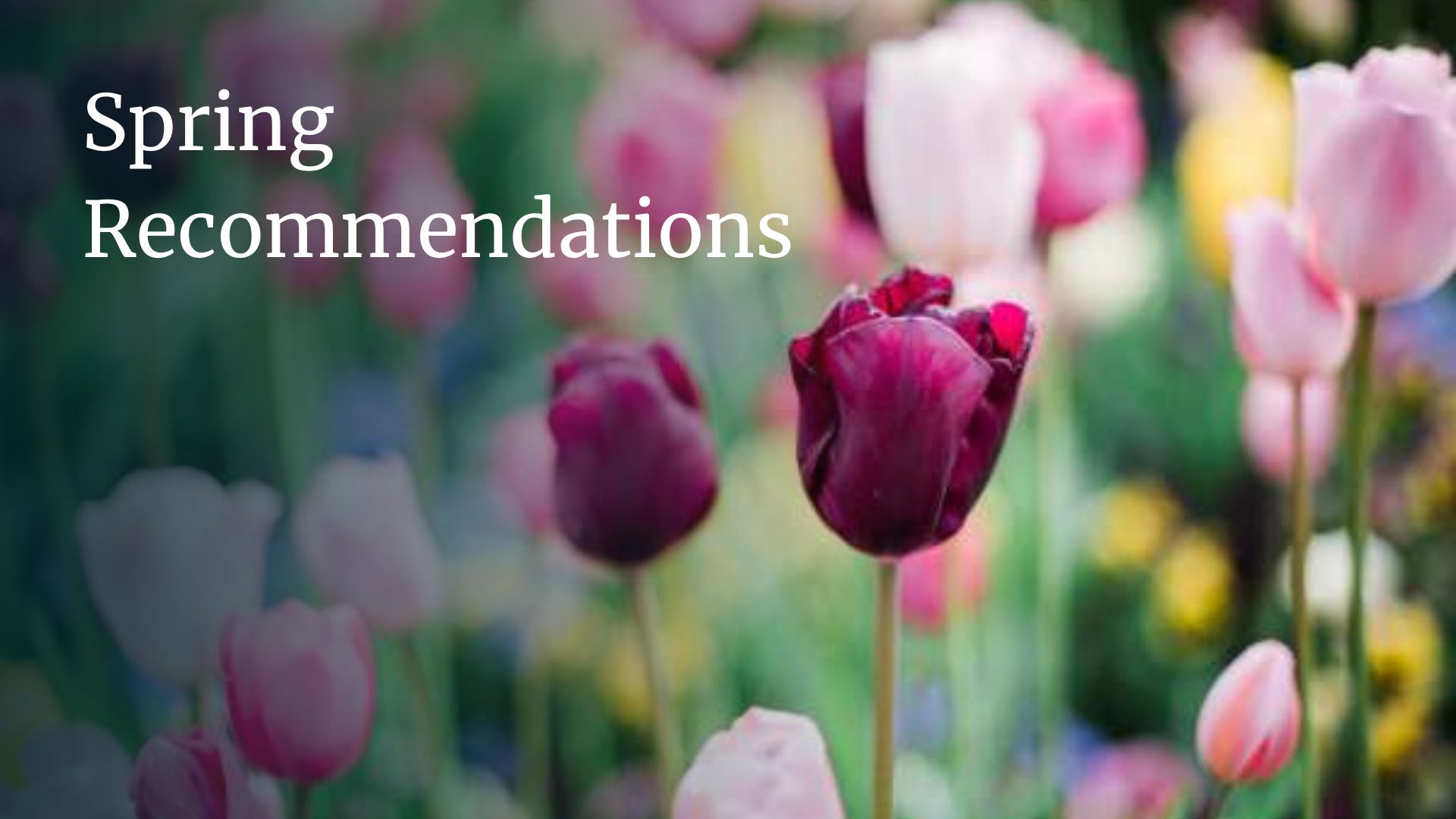Want to keep your spring garden looking as fresh as the season? Here are some spring recommendations from the pros at The Site Group:
Look into using a pre-emergent herbicide such as Preen to help control weeds. Pre-emergents will kill seeds of any plant, so they need to be applied early to control germination. Be extra careful around annuals and stay well away from kitchen or vegetable gardens! Check the label on your favorite and reapply as directed for longer control. We recommend applying pre-emergents under new mulch, against the soil or last years mulch.
Touch up mulch in beds as needed. Mulch acts as weed control and holds moisture against the roots of the plant. We suggest a 1 ½” to 2” layer on top of the soil, although you may have to only add ¼” or less to maintain that level each year. If your mulch has not decomposed from last year, stirring it with a rake will bring up the color. Check into mulch stains if you want to re-enrich the color but don’t need to add mulch.
Keep mulch 1-2” away from the base of trees. Current research is finding that the “flare,” where the trunk transitions into the roots, needs to be exposed to the air if possible for optimum tree health
Cut off perennials and dispose of the cuttings if it was not done in the fall. Grasses should be cut back to 9” high April 1st or sooner.
Spring is a good time to divide and transplant perennials and grasses. A good rule of thumb is that a plant needs dividing when the center of the plant begins to die out. The roots at that point have become so thick that the center is not able to receive the nutrients it needs to continue growth. Cut each plant into 3 or 4 pie shaped pieces and fill in holes or form new beds with the extras.
Pruning can be done in the spring, but it is good to wait until after the plant has bloomed and/or put on it’s new growth so you don’t lose the bloom or have to reprune…
We use and recommend Osmocote time release fertilizer for a general fertilization. When in doubt, use a blend that contains all 3 elements (Nitrogen, Phosphorus, Potassium) in equal numbers for equal benefit to leaves, roots and stem.
Edge all beds to control turf grass. A square, sharp spade will work, although power edgers are effective.




